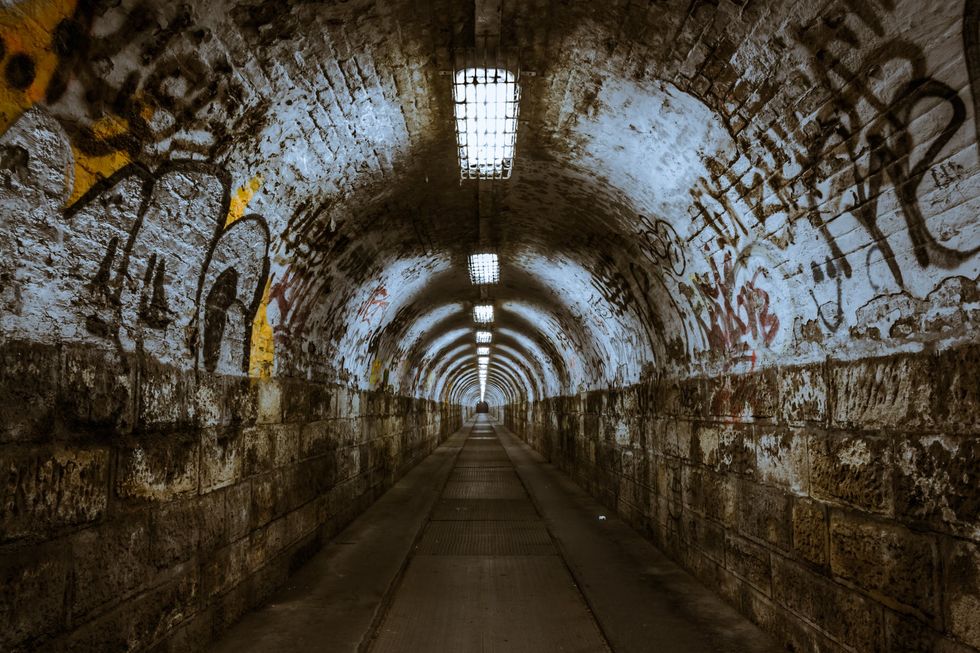Graffiti was first established as an art form in the 1970’s by young lower-class people as a way to speak out against their systematic oppression. It is because of these roots that graffiti continues its tradition as a rebellious art form in the public’s eyes.
This brings us to graffiti’s definition: unauthorized writing or illustrating on property within public view via any medium. The definition, though different from the philosophy, holds it within the use of the word “illegal”: graffiti is meant to be a way for the oppressed, minority groups like blacks, Latinos and Asians, and lower-class communities as a whole, to speak against their oppressors nonviolently, but powerfully, and to establish a sense of place they otherwise would lack in impoverished and fractured communities.
This philosophy is what separates graffiti from muralism. However, gentrification, and sanctioned legal “graffiti” works in general, now threatens graffiti as an art form.
To preserve the philosophy of graffiti is to preserve its power against those who oppress, in any form, and separate it from murals, which are similar to graffiti in that they can display a message and rely on the shock of seeing such an elaborate and detailed art style but are inherently less powerful due to their legality and being sanctioned.
Not only this, but graffiti does not have to conform to the architecture it is placed on and, indeed, it thrives on going against the grain, that is, on rebelling.
The definition of graffiti must be altered so that, rather than relying on its illegality to maintain an art piece’s existence as graffiti, the essential philosophy of graffiti can be maintained: allowing minority groups and the economically disadvantaged to speak and rebel against their oppression and establish a sense of place.
The function of art is widely debated; however, it is hardly debatable that a major function of art is to spread a message of some sort, explicitly or implicitly, through many mediums. The goal of artists is to share their work and, by extension, their message or messages with others both inside and outside of their artistic community.
The ultimate problem here is that there are financial barriers, cognitive biases (like the ones mentioned earlier in this paragraph), and other major obstacles that can prevent an artist, especially an artist of color, from achieving this goal.
Graffiti is important to minorities like blacks, Asians, and Latinos for creating a sense of place, to participate in a society that has essentially excluded them in nearly all its aspects, and to unify their own communities.
All these reasons share one commonality: that these minority groups have been historically oppressed by higher institutions and powers that disproportionately represent white people. Institutions like universities are immensely biased against minorities and the legal system also has numerous issues with implicit bias, for example.
The philosophy of graffiti as an art form mostly evolved due to people of color’s immense participation in its execution. So, the necessary anonymity that comes with graffiti means that anyone could have painted what was on the walls.
In this way, the amount of racial bias applied by an outside observer can be lowered substantially, and the fact that this can be done with low cost materials and is able to be shown, regardless of reputation or monetary status, to a large amount of people means that the message that must be spread by an artist is hardly limited, a welcome break from the oppression that they have suffered so far.
These voices are also advantaged in that, due to the random placement and large elaborate lettering, one is essentially forced to not only view but also interpret the writing and/or images presented. Benefits like the one aforementioned, and the disadvantages, for those in the lower-class are very similar, partially because these minority groups make-up such a significant percentage of the lower-class in our society.














